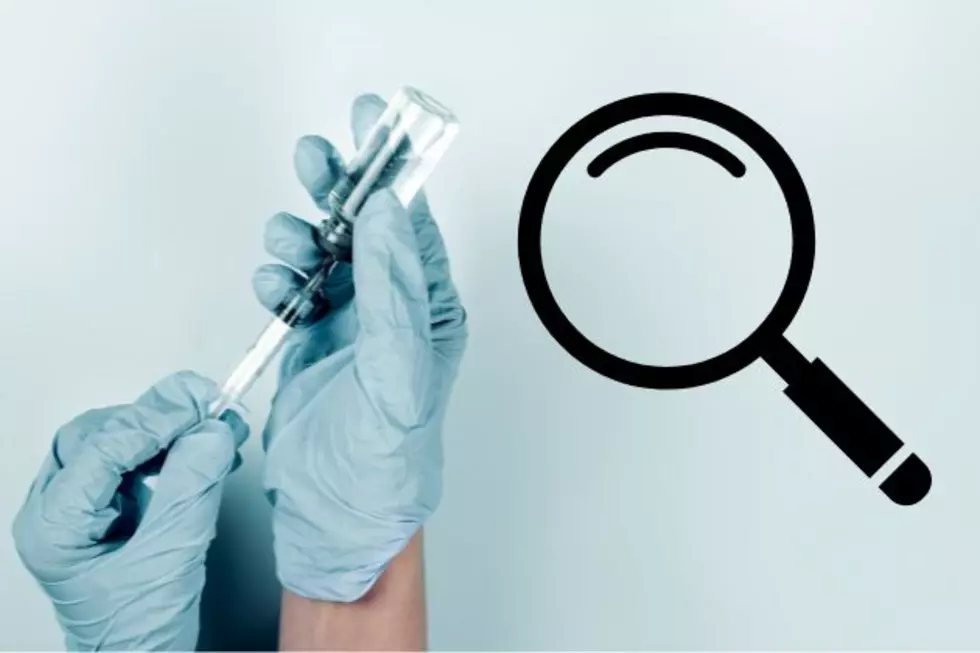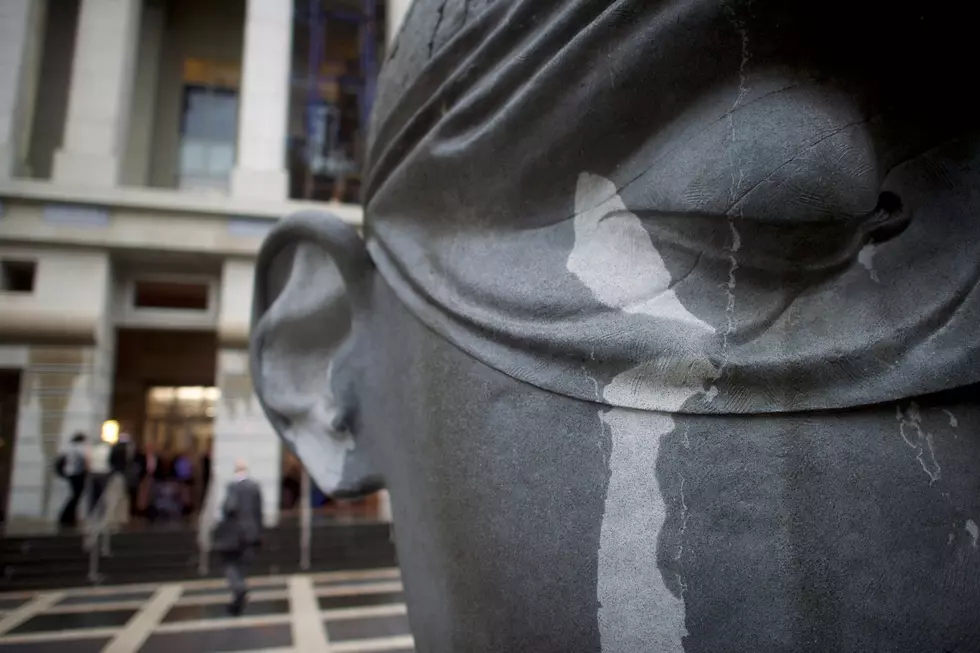
What NJ Patients Should Know About COVID-19 ‘Worst Case’ Triage Plan
The number of ventilators and other medical supplies so far have kept up with the statewide need during the COVID-19 pandemic, though the possibility of resources being maxed out continues to cause unease.
As of April 21 in New Jersey, 1,501 COVID-19 patients were on ventilators, using 48% of the state's current capacity, which state Health Commissioner Judith Persichilli said was the lowest percentage in "quite some time."
The same day saw 92,387 total cases based on test results, with 7,594 patients hospitalized.
Hospitals have a worst-case plan of action for deciding priorities of treatment, as the state Department of Health issued its guidance April 11 on the "allocation of critical care resources" during a public health emergency.
As outlined by Perischilli two days later, these triage recommendations would be enacted by a hospital only under the following conditions:
- The hospital is operating under a crisis standard of care.
- Critical care capacity is or will be shortly overwhelmed, despite taking all appropriate steps to increase the surge capacity to care for critically ill patients.
- A regional authority or a state authority has declared a public health emergency.
Perischilli said the guidelines would only come into effect "if not only all traditional ventilators are in use, but all alternative ventilators."
That would mean anesthesia machines, home ventilators, BiPap machines — "anything that can be used to support the pulmonary function of patients would be used first" before having to consider circumstances of one patient over another getting to use a device.
Provided all those worst-case conditions were met, how would the triage decisions be made and by whom? And what does it mean for patients with chronic conditions?
Michael Shapiro, chairman of the Bioethics Committee at University Hospital in Newark and an associate professor of surgery at Rutgers University, said the goal of the system is to be in no way discriminatory to patients.
Under the guidance, front-line caregivers would not be making triage decisions and the triage "board" — made up of at least one doctor, one nurse and an administrator — would only get objective criteria for a patient, such as blood pressure, medications the patient is on and the state of the patient's breathing.
Details that are intentionally not shared with the panel include a patient's race, nationality, ancestry, disability, marital or civil union status, sexual orientation, gender identity, place of residence, socio-economic or insurance status.
Shapiro said what is considered an underlying condition does not necessarily get included in that information passed on to the triage board, but it does get mentioned if it's already had an impact on a lifespan, causing health complications.
After the first round of assessing "how sick" a patient is, second tier-questions under the allocation system include the patient's projected life span, as the goal is to save "not just lives but also cumulative years of life."
Shapiro said "quality-adjusted" life years were intentionally left out of the equation so that there is no value difference between say a patient who is on dialysis and another patient who is not.
The high number of New Jersey patients with underlying conditions who have died of COVID-19 adds to the anxiety of looking over the allocation guidance.
More than 60% of those who have died of COVID-19 in New Jersey also had cardiovascular disease. More than half had at least diabetes (40%) or chronic lung disease (20%).
State figures on underlying conditions reflects not quite half (2,251 deaths) of the total 4,753 who have died as of April 21.
Perischilli said under the worst-case scenario of needing to determine who gets critical resources, all patients who are eligible for intensive care or critical care services during ordinary circumstances remain eligible.
New Jersey's regional approach to sharing resources and supplies across the north, central and southern parts of the state also is a buffer from having to ever put such rationing of critical care resources into effect, Perischilli and Shapiro separately agreed.
Shapiro said that the allocation of services guidelines are an absolute last resort, as “the goal is never to enact this sort of rationing protocol until everyone is in the same boat, and the boat’s sinking."
Perischilli previously said the "key to ensuring we have the supplies we need to continue providing care to everyone that comes through our doors" is to continue flattening the curve through social distancing and following state pandemic directives.

Grocery store risks & safety
More From WPG Talk Radio 95.5 FM










